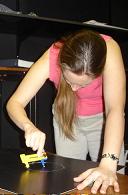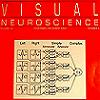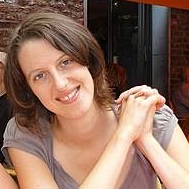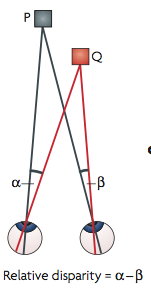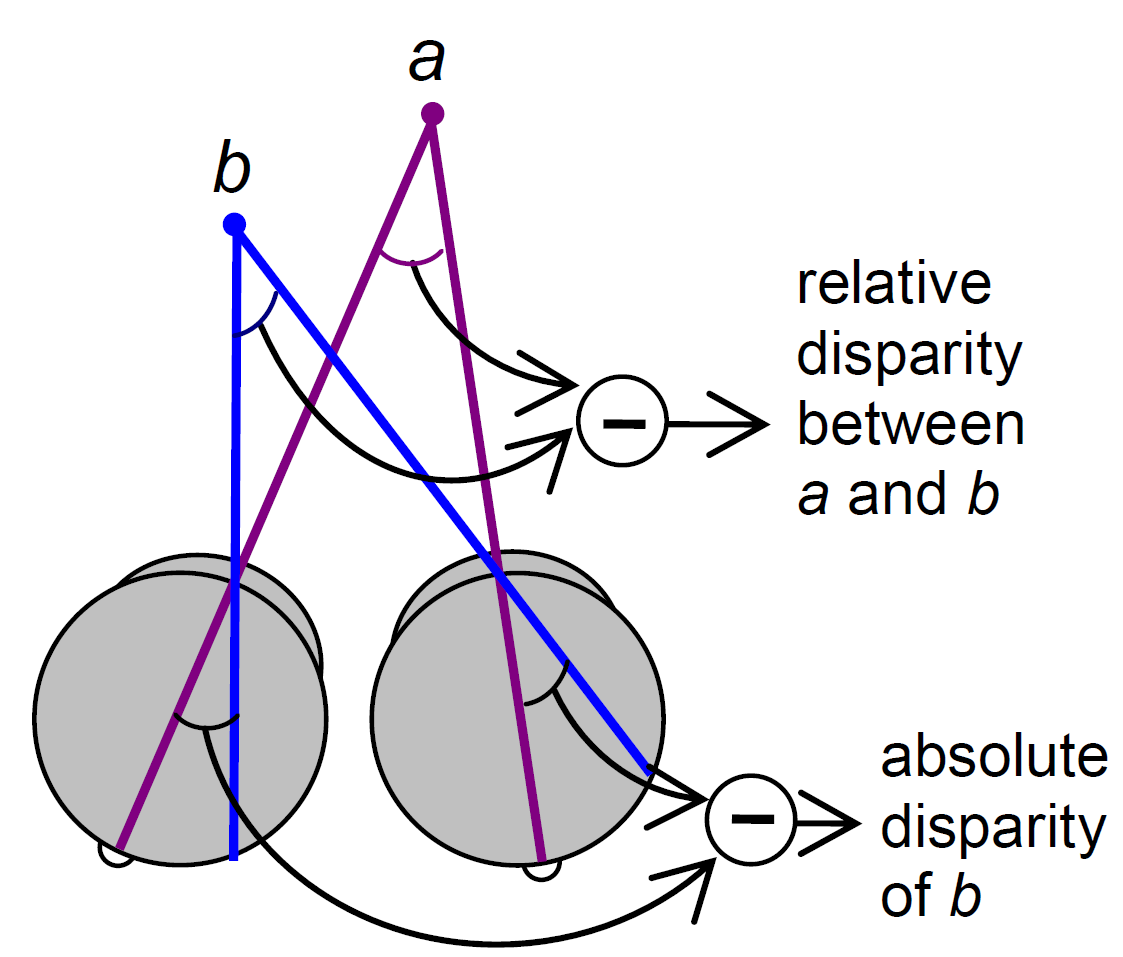I’ve just come across the following by Lord Rayleigh, him of the scattering, quoted in The Handbook of Perception and Human Performance:
“In science, by a fiction as remarkable as any to be found in law, what has once been published, even though it be in the Russian language, is spoken of as known, and it is too often forgotten that the rediscovery in the library may be a more difficult and uncertain process than the first discovery in the laboratory.”
Maybe slightly less true today than in 1884, thanks to Google, but still more true than I’d like!




